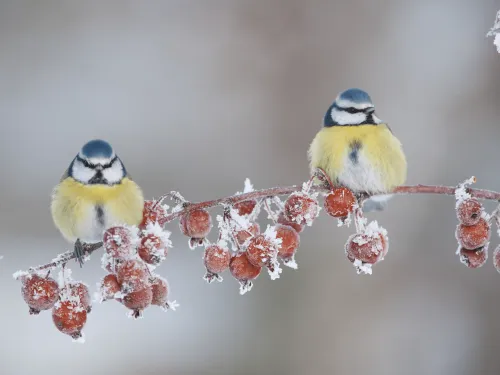
Create a wilder garden this winter
Wilder Gardens Officer, Ellen Tout, talks about her favourite parts of the winter garden and what you can do to make your space a sanctuary for wildlife.
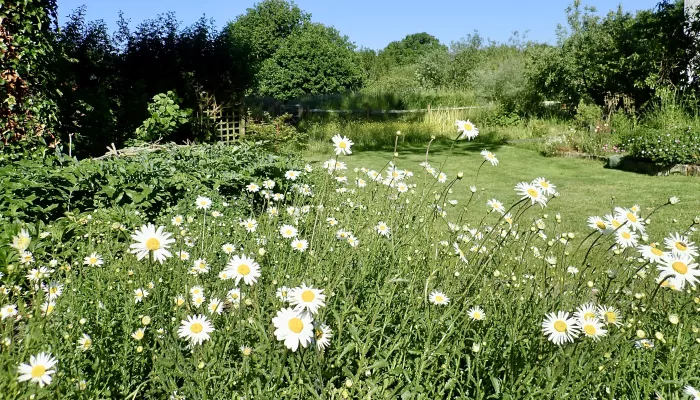
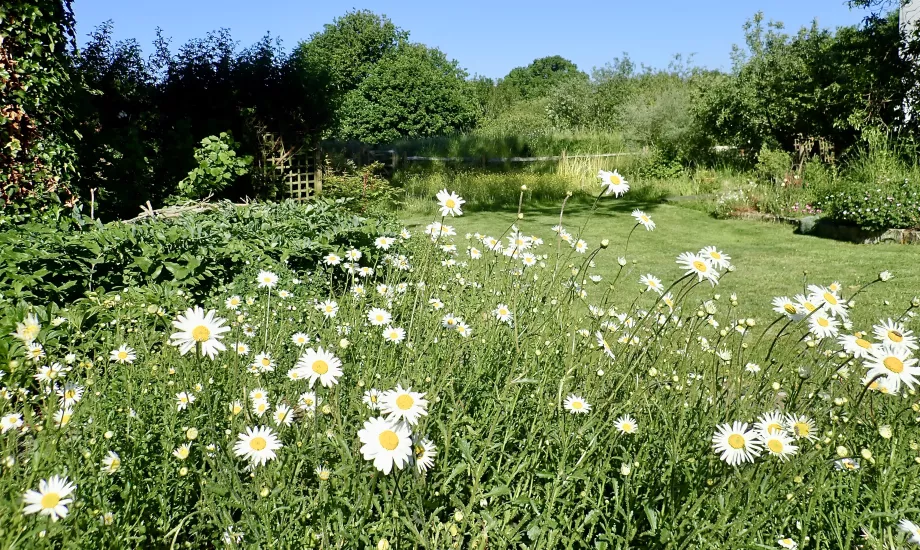
The insects in our garden love the large patches of ox-eye daisies – P Brook
Bees are particular; they lay their eggs in a warm and sheltered location with an open aspect. In our garden, they use the south-facing bug homes but usually ignore those that face west, and don’t use them if we let vegetation obscure or shade them. We make sure the homes are firmly fixed, so that they stay in place in our windy garden. As well as meeting the bees’ needs, it’s good to put the bug homes in a place where you can enjoy observing the activity.
Bees have a huge amount of work to do to provision the egg cells with pollen, so it’s good to help them by locating the bug homes near forage. The red mason bees love our apple blossom and the buttercups in our wilder lawn. Leaf cutter bees are particularly partial to rose leaves for sealing the egg chambers, so a bug home near roses might attract them. Red mason bees would benefit from a source of mud which they use to seal their egg chambers.
We have several small bug homes rather than one large one. By providing a variety of potential nest sites, we can learn what is most popular with bees and other insects. Smaller bug homes will be less obvious to predators such as the greater spotted woodpecker. By dispersing the homes around the garden, we may also reduce the risk of parasites and disease.
The eggs and larvae need protection from the winter damp, so around October it’s advisable to remove the canes from the bug homes and put them in a cool, dry place, such as under an upturned flower pot in an unheated greenhouse. When they are ready to hatch in spring and early summer, they can fly towards the light coming through the hole in the base of the flower pot and find their way out into your garden. In March you can fill the bug homes with new canes and reposition them ready for the emerging females to lay some eggs.
Bees and other insects are more likely to thrive in your garden if you can provide plenty of pollen and nectar as well as bug homes for their eggs. In our next blog we will feature some plants that are good for pollinating insects and which, in our experience, also resist the voracious slugs that inhabit our garden.
National Insect Week starts this coming Monday 22nd June, so now's the perfect time to look out for bugs in your garden. To find out more visit: https://www.nationalinsectweek.co.uk/
Information on how to build a bee hotel can be found at: /actions/how-make-bee-hotel

Wilder Gardens Officer, Ellen Tout, talks about her favourite parts of the winter garden and what you can do to make your space a sanctuary for wildlife.
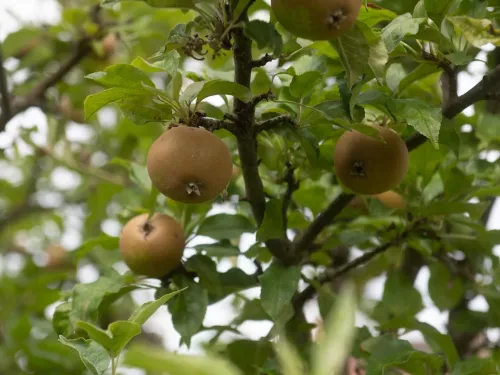
Typically, most gardeners and farmers grow annual vegetable crops – those that are sown, planted, and harvested within one growing season. But perennial fruit and vegetables, which grow and produce food for many years, are becoming increasingly popular.…
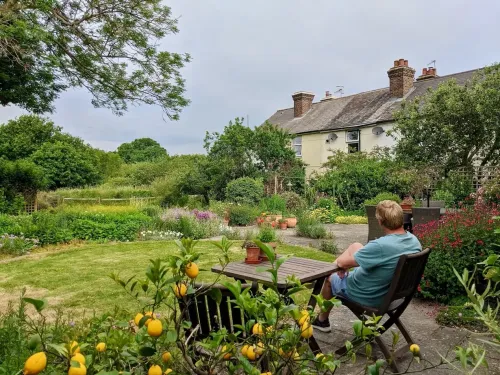
Volunteer Wild About Gardens Advisor Penny Brook takes us on a journey through her garden to share how they create a flower-filled haven for both people to relax and wildlife to flourish.